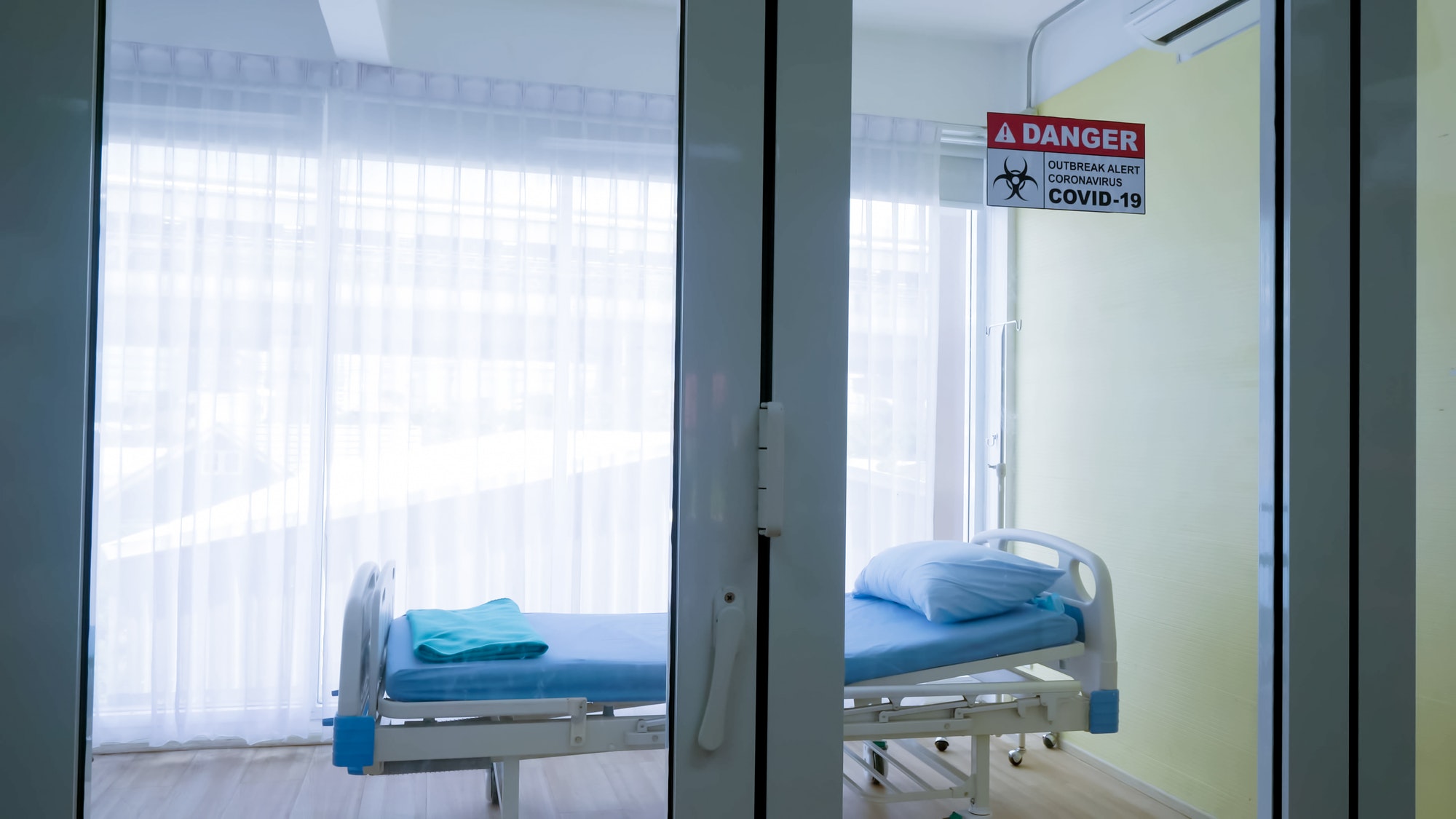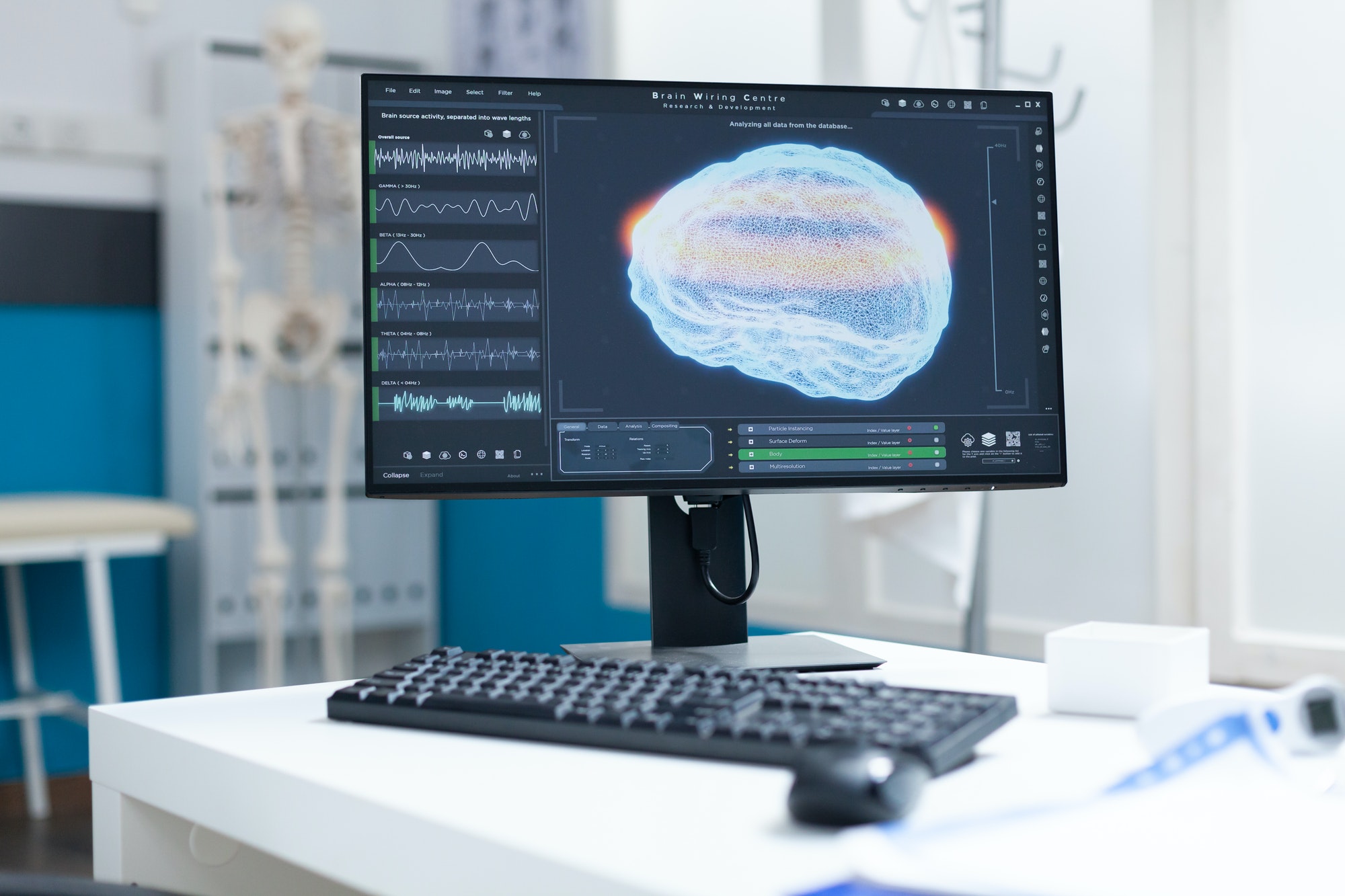November 1, 2023
Rolling Out Telemedicine On a Budget: Tips for Hospitals

Implementing a telemedicine program may seem like a costly endeavor, but it doesn’t have to break the bank. This comprehensive guide provides hospital administrators and decision-makers with budget-friendly, actionable tips for rolling out cost-effective telehealth services.
Learn how to make the most of your existing video conferencing technology and equipment to pilot services instead of purchasing expensive new tools. Start with a small pilot program focused on one specialty area and gather learnings before expanding more widely.
Leverage remote provider staffing models to access top talent rather than hiring full-time staff early on. Take advantage of available government grants, nonprofit funding, and other subsidies to offset training and implementation expenses.
And partner strategically with experienced health organizations who can provide insights into best practices and help avoid missteps. Follow these and other evidence-based recommendations to implement telemedicine in affordable stages, maximize resources, and work towards financial sustainability.
The tips outlined in this guide will allow you to provide patients with the proven benefits of telemedicine access in a prudent, cost-effective manner tailored to limited budgets. Telemedicine is the future of healthcare delivery and this step-by-step playbook will walk you through making it a reality at your hospital through tactical spending, resource utilization, and operational efficiency.













































